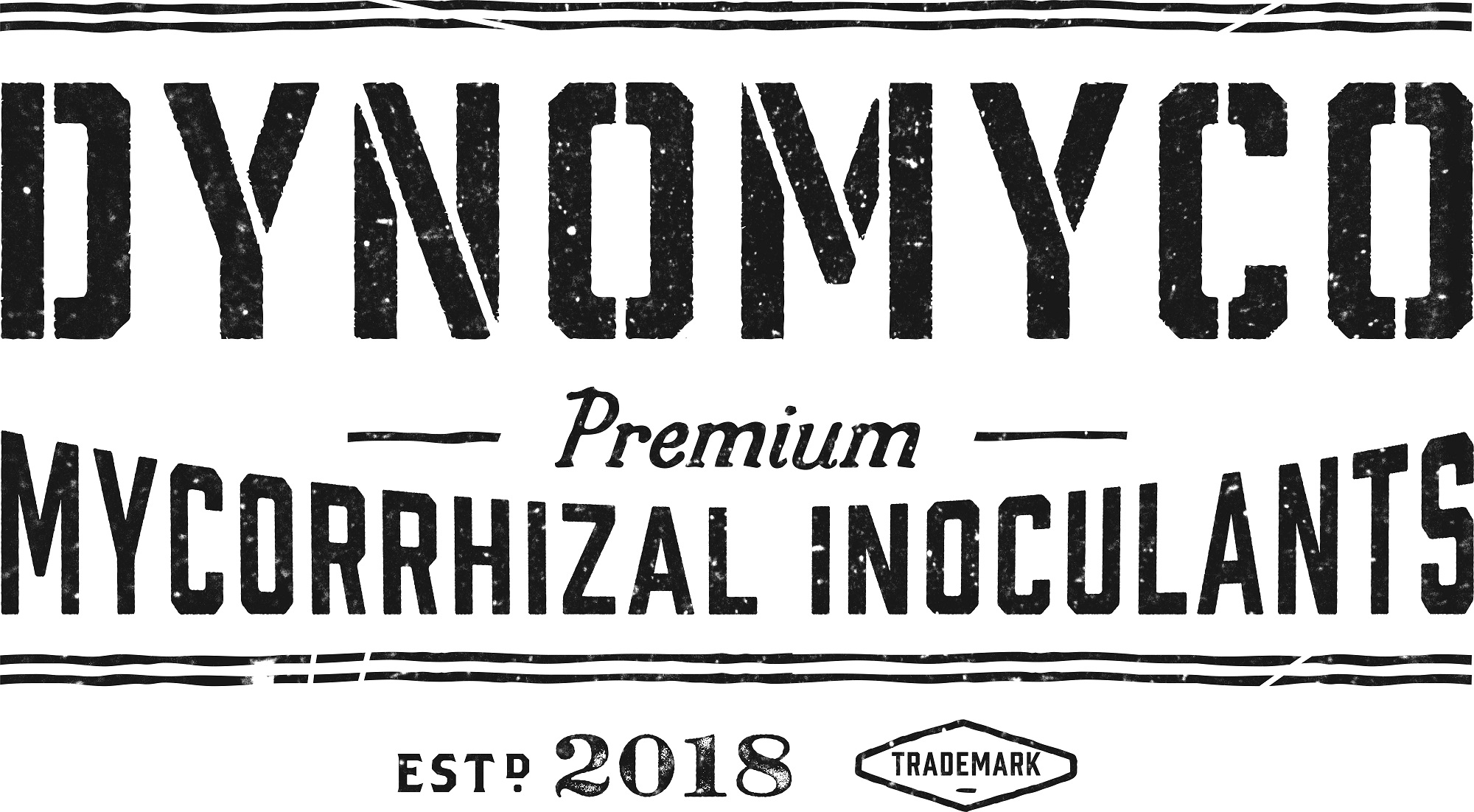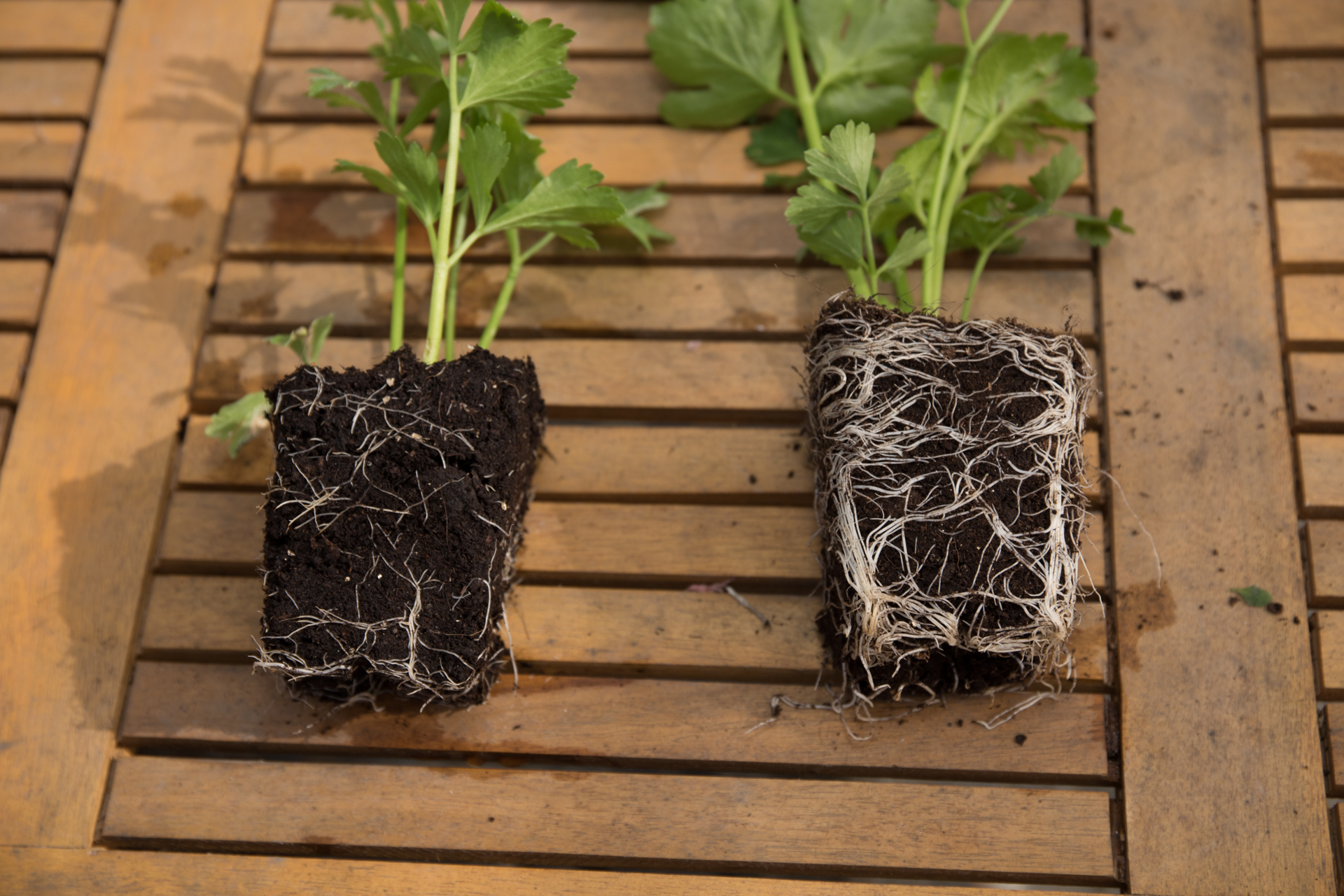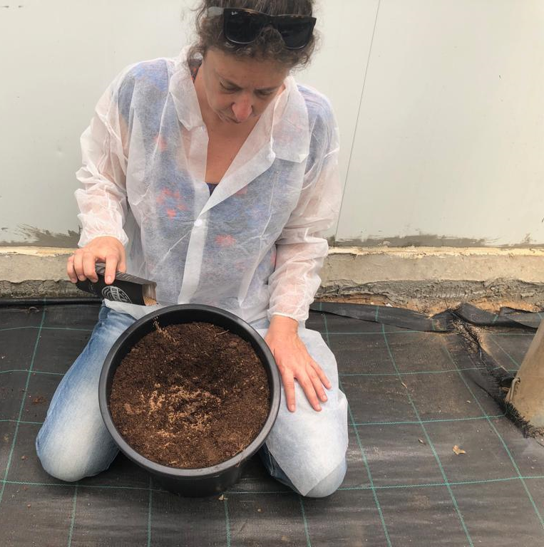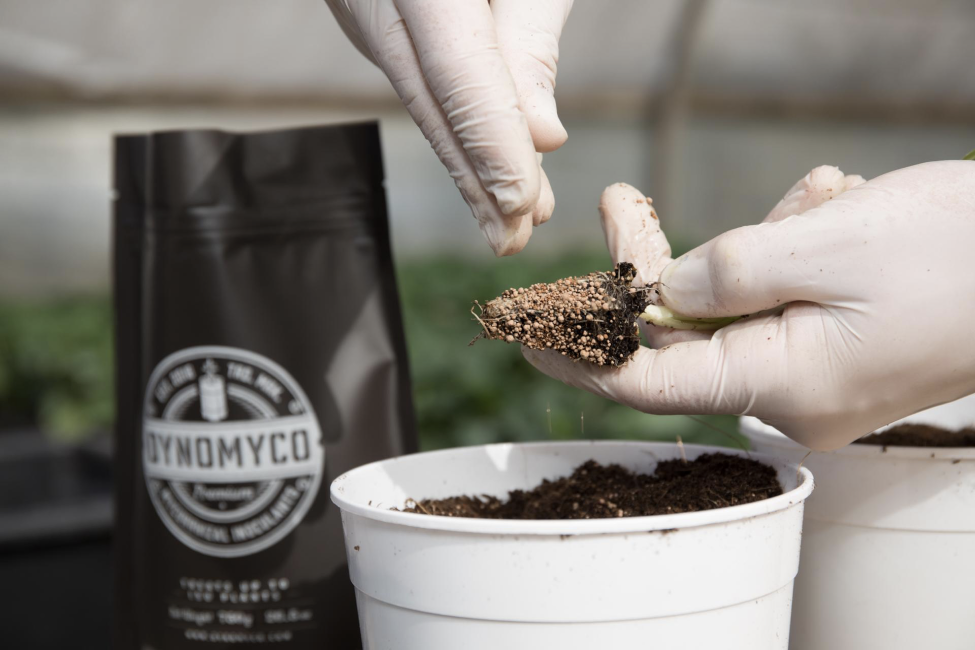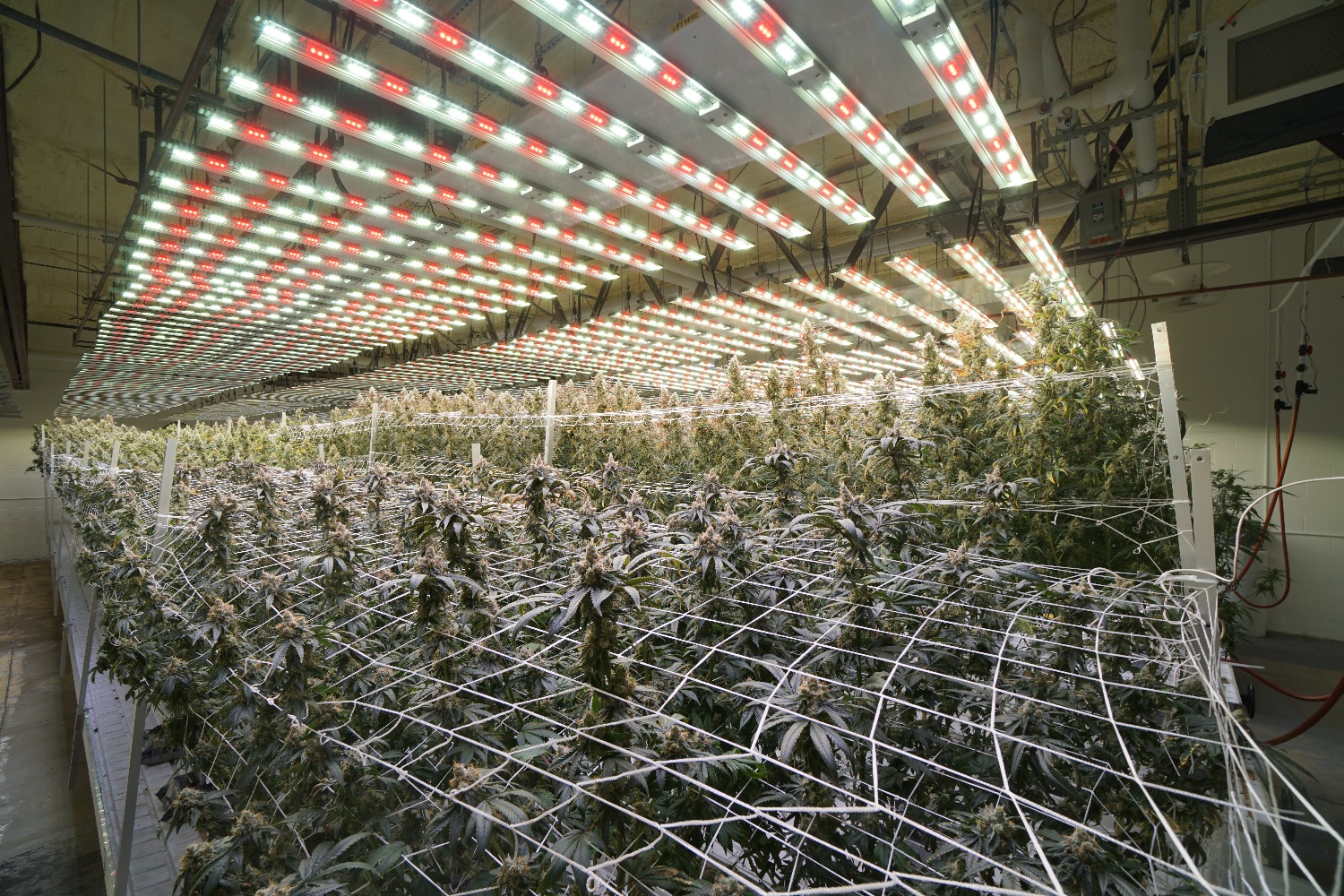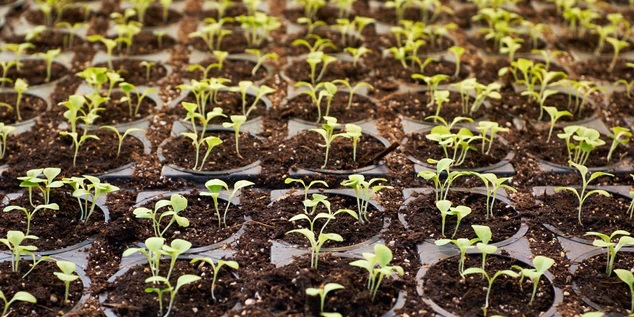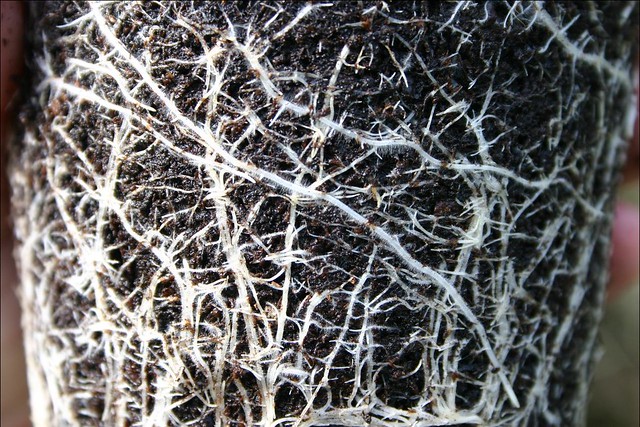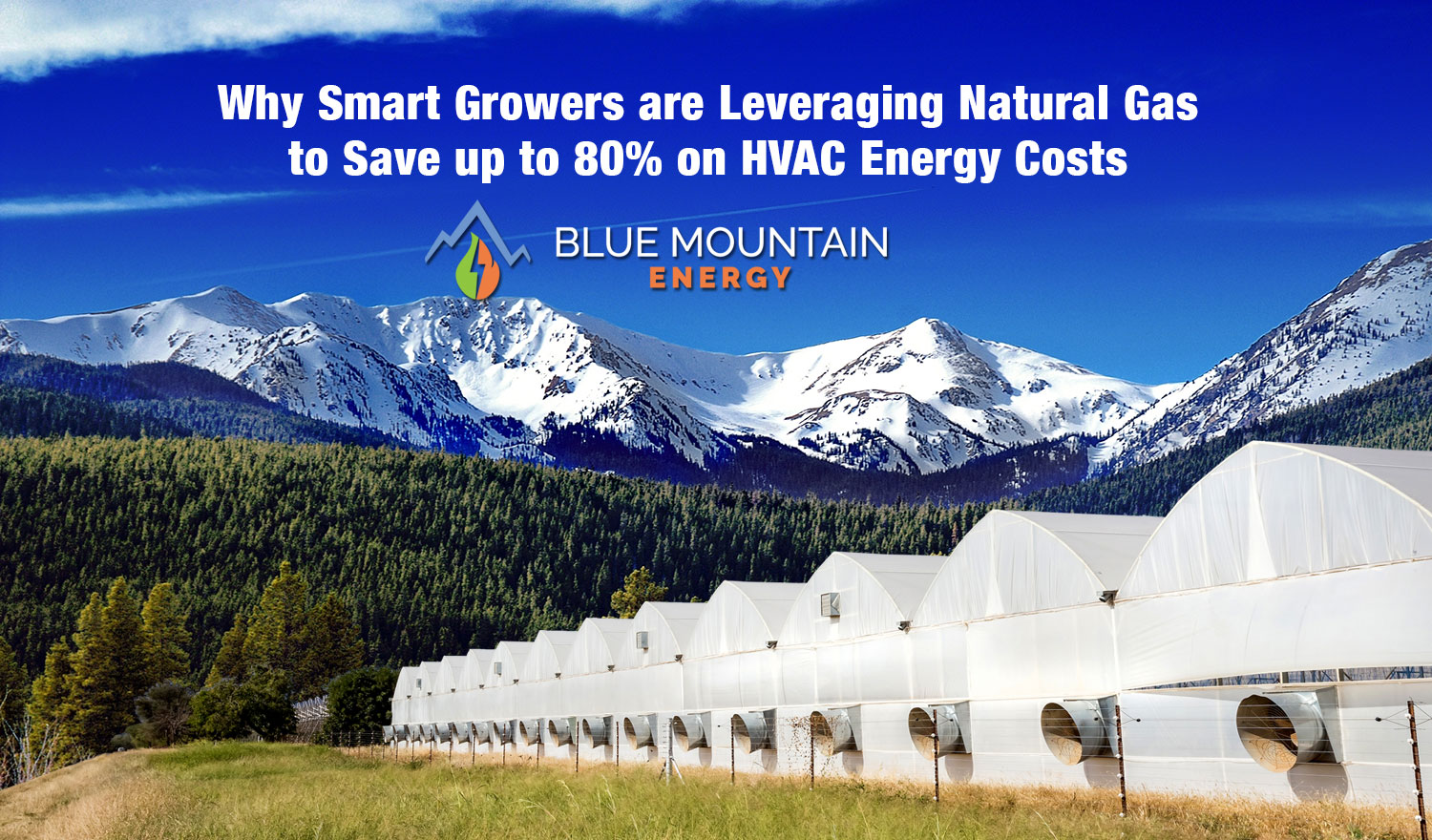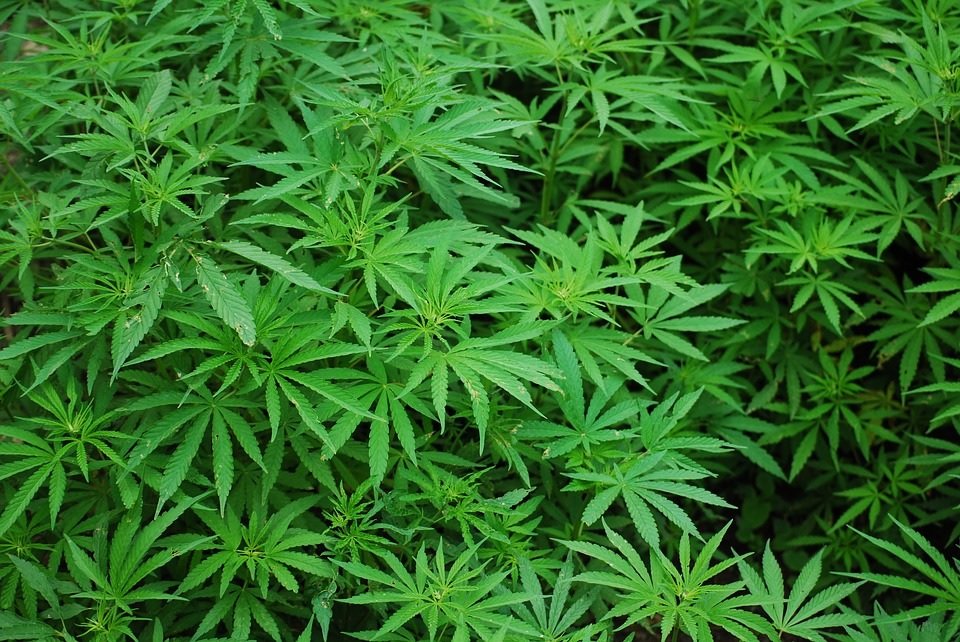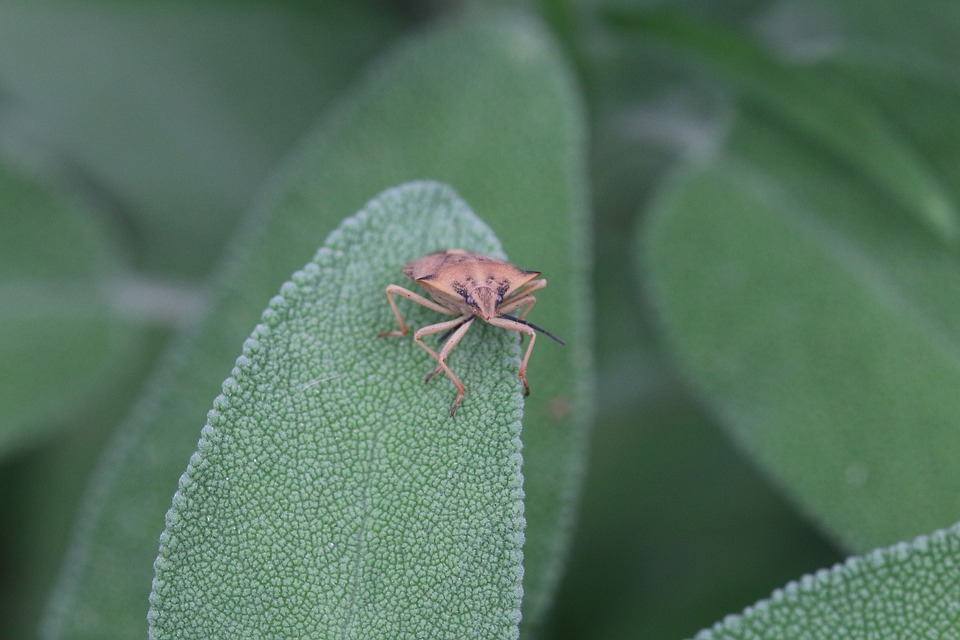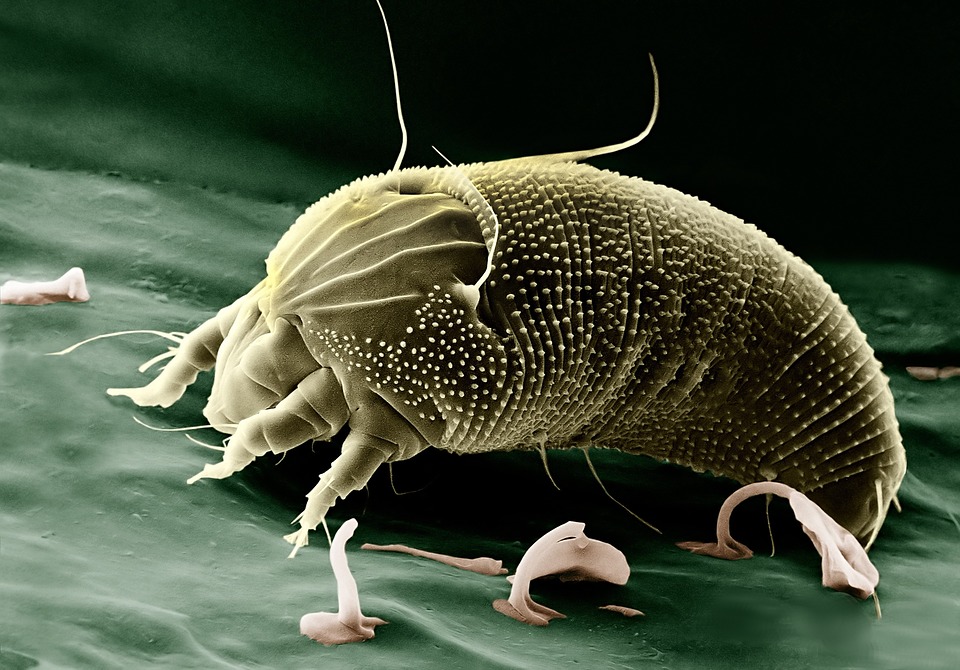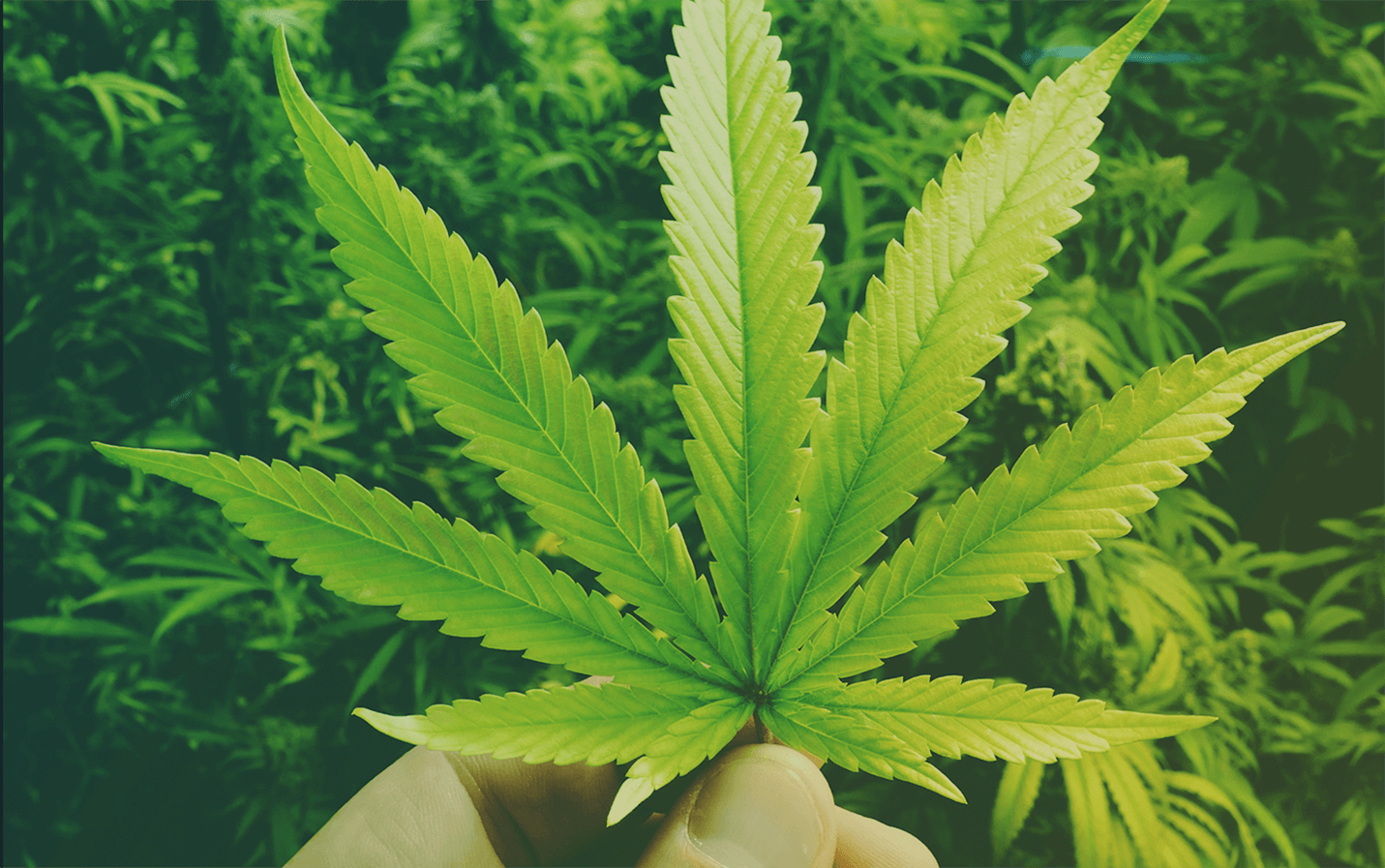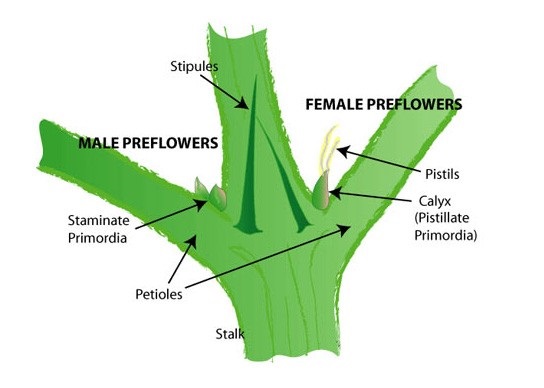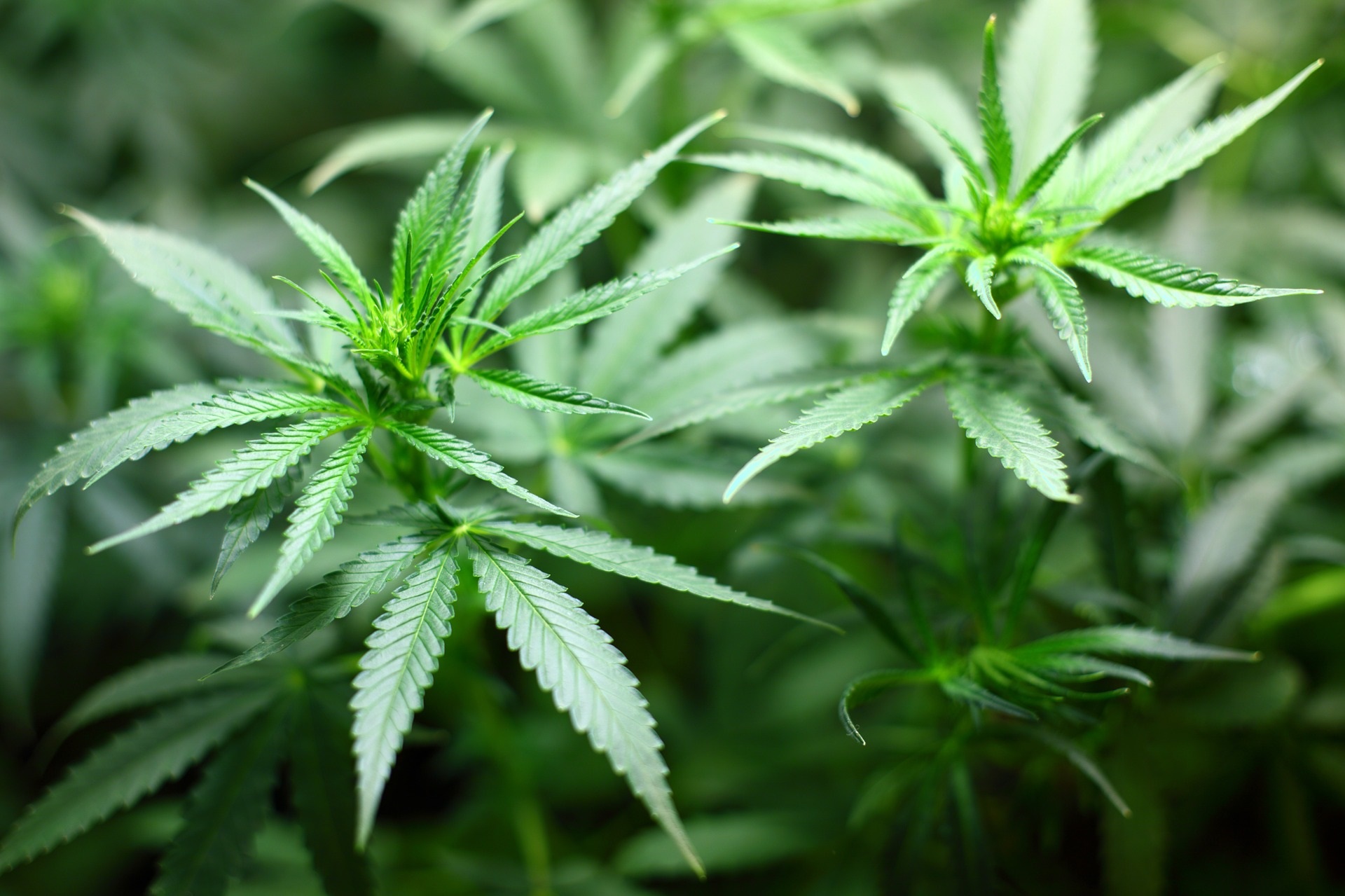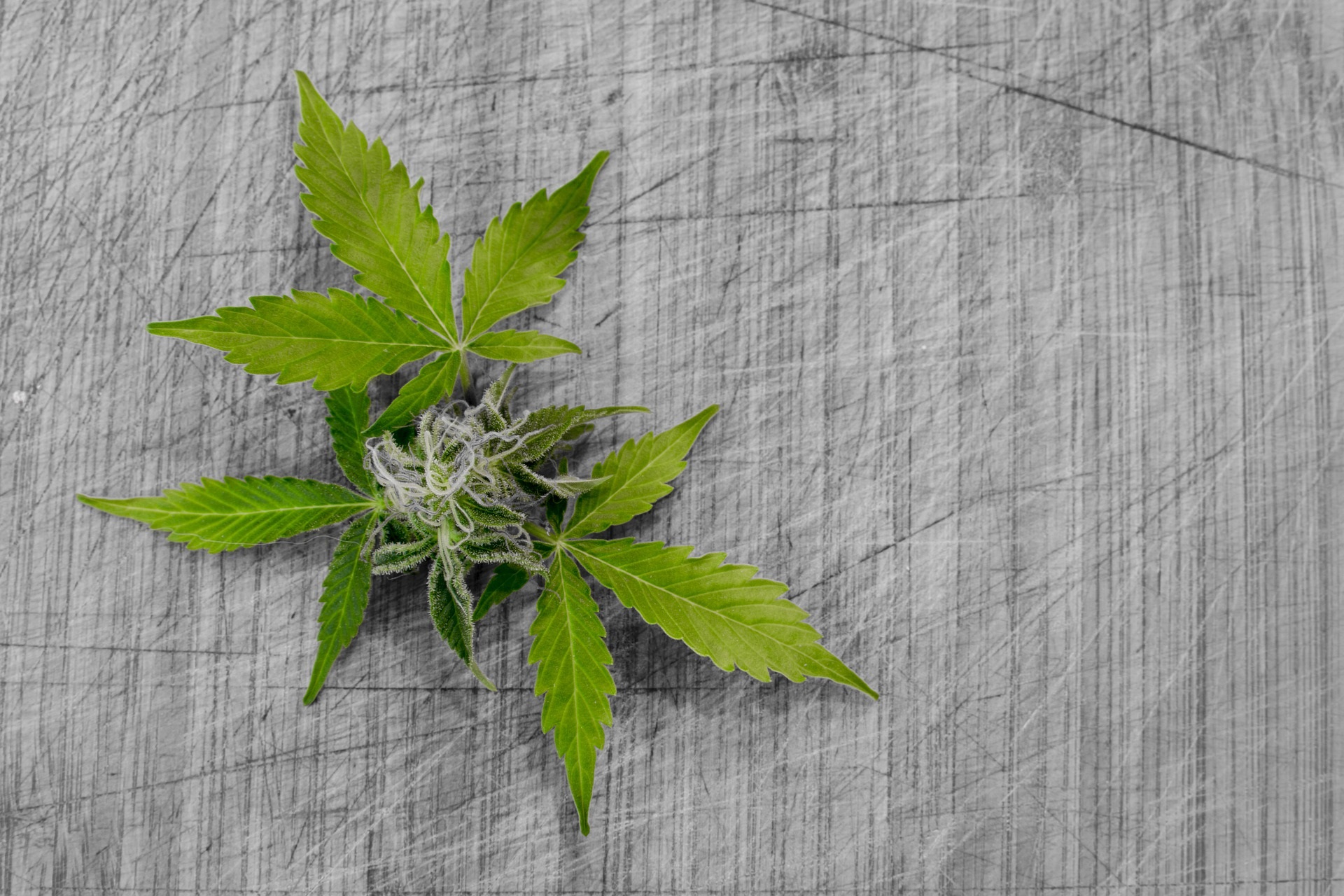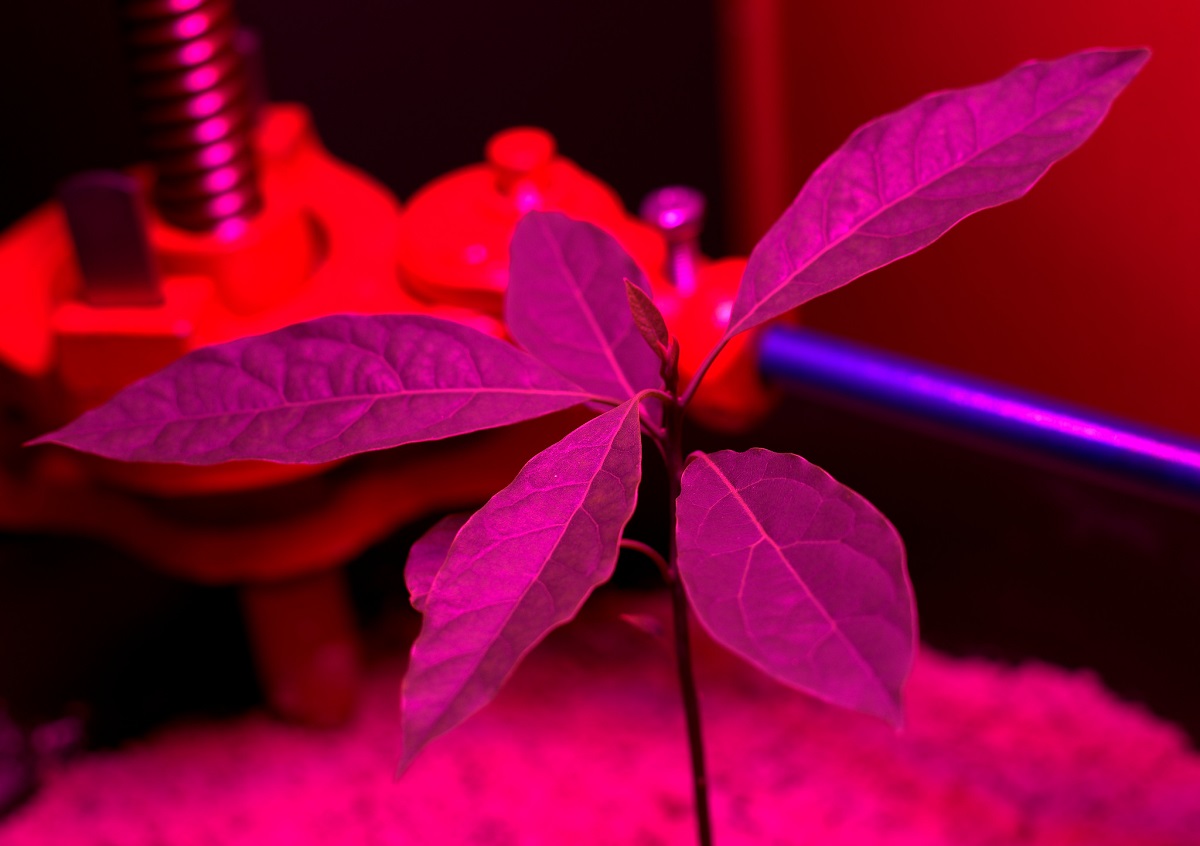Many Canadians have started to take cannabis cultivation into their own hands. Contrary to what you might think, though, this isn’t because of the legalization of recreational growing. The recent Cannabis Act legislation allowing Canadians to grow 4 recreational plants from home is only partly to thank.
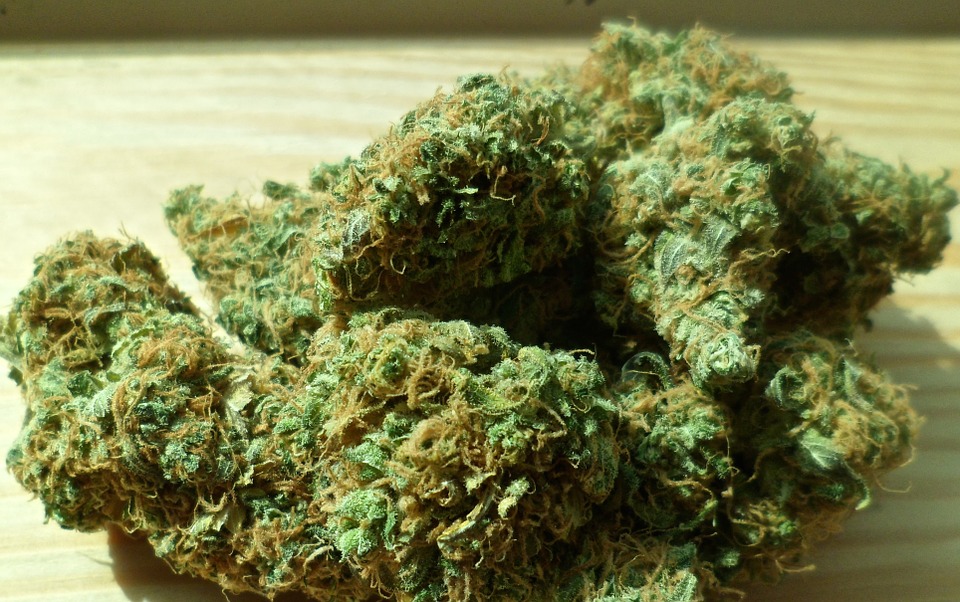
The real reason that more Canadians have taken to cannabis cultivation is the ACMPR. The ACMPR is the government legislation that rules over all things medical marijuana, and this includes growing medical plants from home.
Many Canadians assume that receiving an ACMPR license would be close to impossible, but this isn’t the case. Actually, the application process to grow your own medical marijuana in Canada is a lot easier than you would think. To get you started here’s all the need-to-know information about ACMPR license and growing.
The ACMPR: What It Is and How It Works
The name Access to Cannabis for Medical Purposes Regulations, ACMPR for short, says it all. This program quite literally gives growing access to license holders who need cannabis for medical purposes. Medical marijuana became legal in Canada back in 2001, and since then, it has just become more and more legit.
By legit, we mean that medical marijuana research is on the rise, and a lot of this research has only good things to say about the holistic treatment alternative. Although there are always risks involved in any type of treatment, many people have come to support marijuana for its health benefits.
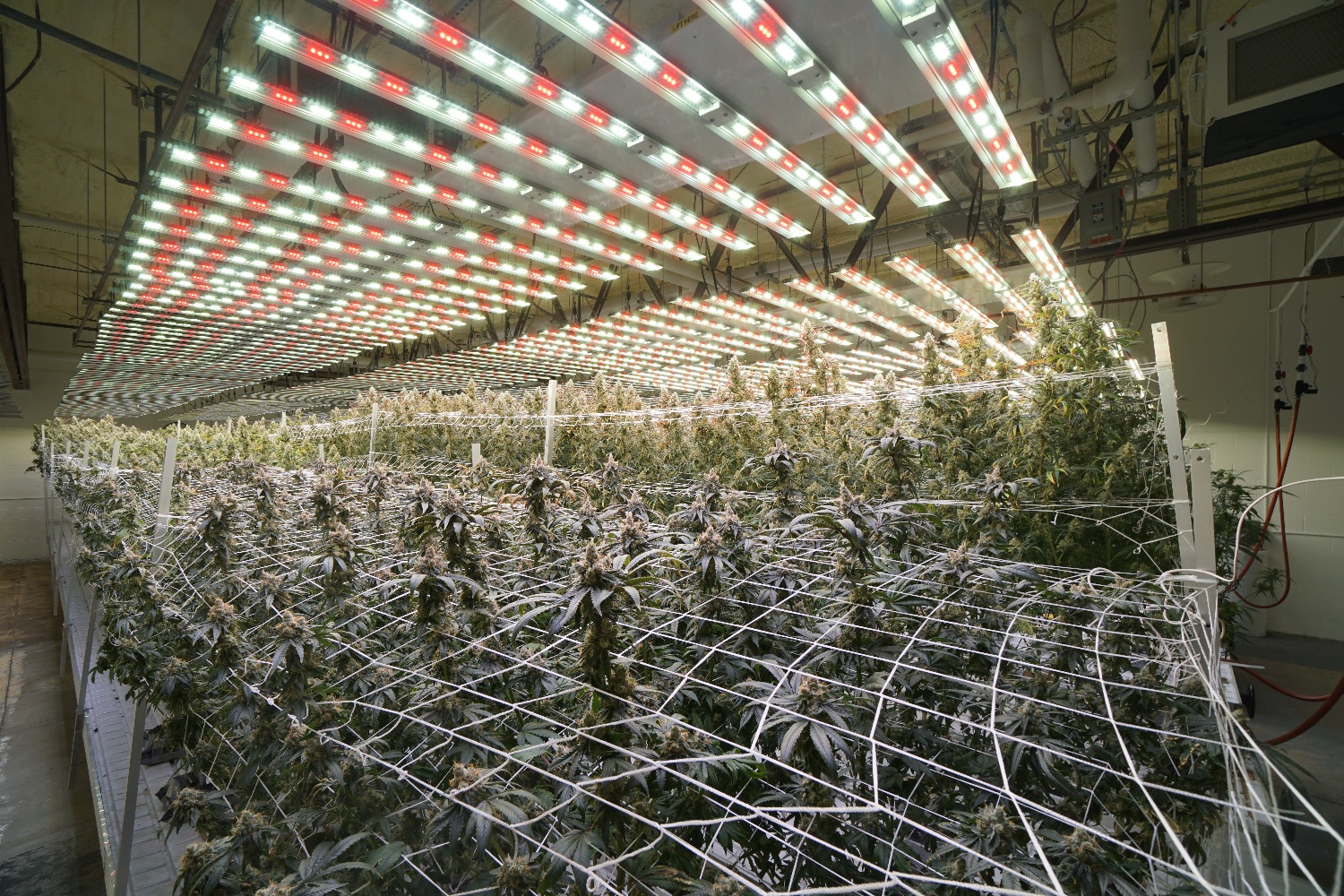
Because of this, the ACMPR program has seen a boost in its number of applicants, especially within the past few years. Part of this is thanks to the increased support and research regarding marijuana, especially for the treatment of conditions like chronic pain, cancer in many forms, and anxiety.
But the other reason? It has to do with the fact that the Canadian government doesn’t make it impossible to become licensed. Even after medical marijuana has become legalized, some governments make the process of getting licensed so difficult that it’s just not worth it. This isn’t the case for becoming a registered ACMPR grower.
The ACMPR Application Process: How to Get Licensed
Now that you know just how easy it is to get a license to grow medical plants from home in Canada, you’re probably wondering how to actually start doing it. First of all, there are four requirements for applying, these include:
- You must ordinarily live in Canada
- You must be at least 18 years old
- You must attest that you have not been convicted of a cannabis-related crime
- You must not already be registered
Anyone who meets these requirements is welcome to apply, but first, a few things must be done. The first step, even before glancing at the paperwork, is to receive a medical marijuana prescription. Without one, it would be impossible to prove to the Canadian government that you actually do need to grow your own medical marijuana from home.
Are Doctors Willing to Prescribe Marijuana in Canada?

Acquiring a medical marijuana RX can actually be quite difficult for some hopeful ACMPR growers, and this is without-a-doubt the most challenging part of the otherwise simple process. This is because some doctors are still not on board with medical marijuana.
Even though it’s completely legal, many medical professionals fear that there will be repercussions if they start prescribing their patients with weed. The other issue for some ACMPR applicants is for those who lack a thorough medical history. If you can’t prove your medical history relating to your condition, then getting a prescription will be difficult.
That being said, it’s certainly not impossible to acquire an RX. The trick is finding a doctor who is willing to prescribe the amount you need for treatment. Once that is completed, an ACMPR applicant can move on to the next step - filling out the government paperwork, sending it in, and awaiting approval.
Why Grow With an ACMPR License (and Not Recreationally)
So, you know that the process is easy, you know how it works, and now you might be wondering what’s the point? More specifically, the question on a lot of Canadians’ minds is, why grow with a medical license when recreational growing is now legal under the Cannabis Act?
Good question. The main reason to grow with a medical marijuana license is, well, for medical purposes. Recreational growing laws only allow for 4 plants per household, and a lot of patients who require medical cannabis for treatment will agree that this just isn’t enough.
Take someone suffering from chronic pain as an example. No matter the reason for the pain, treating it requires regular use of cannabis (if that’s the treatment route the patient has chosen). Four plants might sound like enough to a novice cannabis user, but for every day, regular use to treat pain, it’s not.
The real reason to apply to the ACMPR, medical purposes aside, has to do with accessibility. Government-run dispensaries are known for their ability to experience shortages, and they’re also known for overpricing their products.
Both of these things can be avoided with an ACMPR license to grow medicinal plants at home. And the best part? The process is a lot easier than you think!
10 Best Gift Ideas for Cannabis Connoisseurs and Growing Aficionados (2022)
December 7, 2022Developing and Optimizing a Cannabis Cultivation System
December 14, 2021Dealing with Insomnia: How Can CBD Help?
December 10, 2020Your Guide to Sleep and CBD
December 7, 2020
Do you want to receive the next Grower's Spotlight as soon as it's available? Sign up below!


